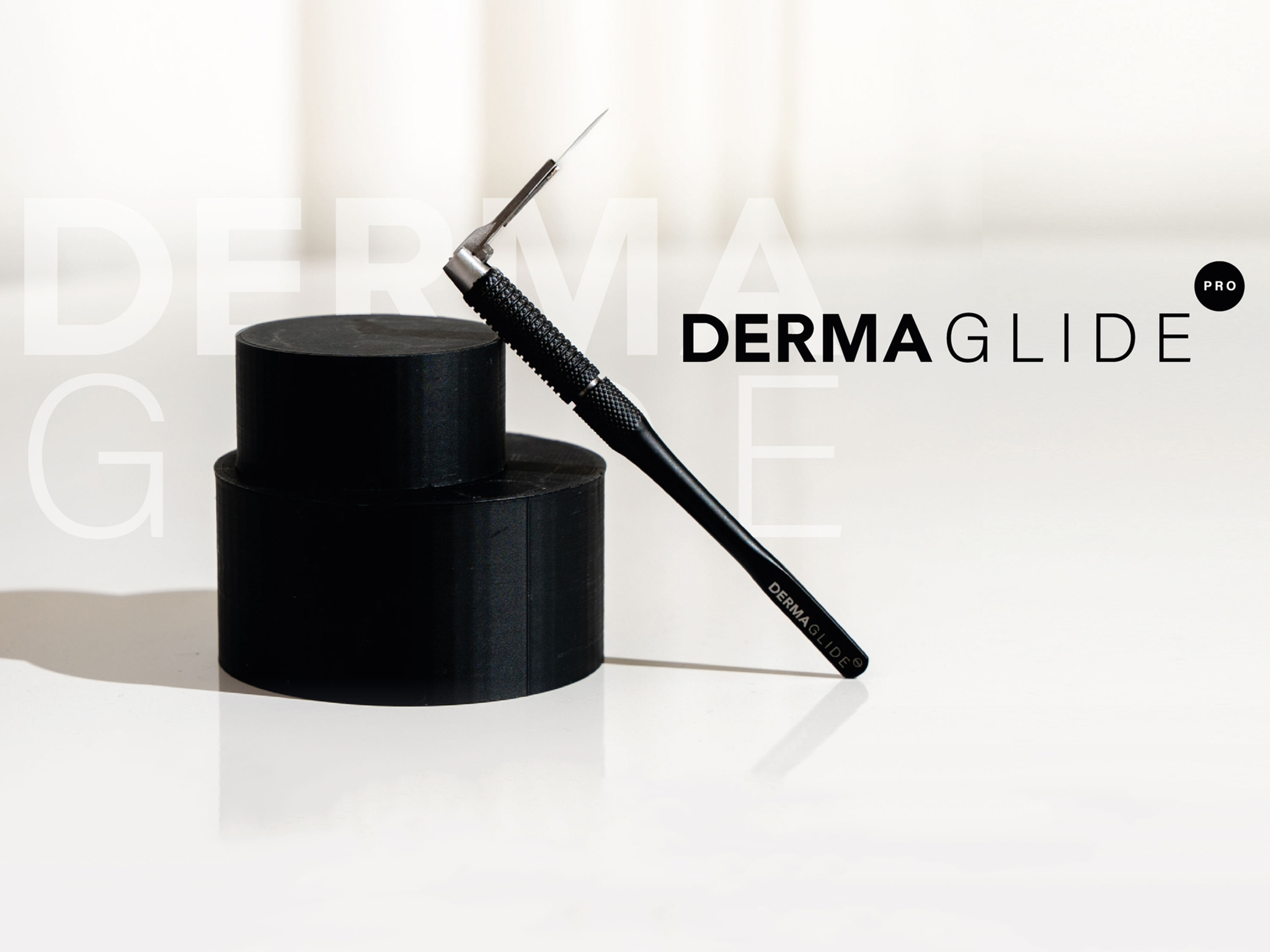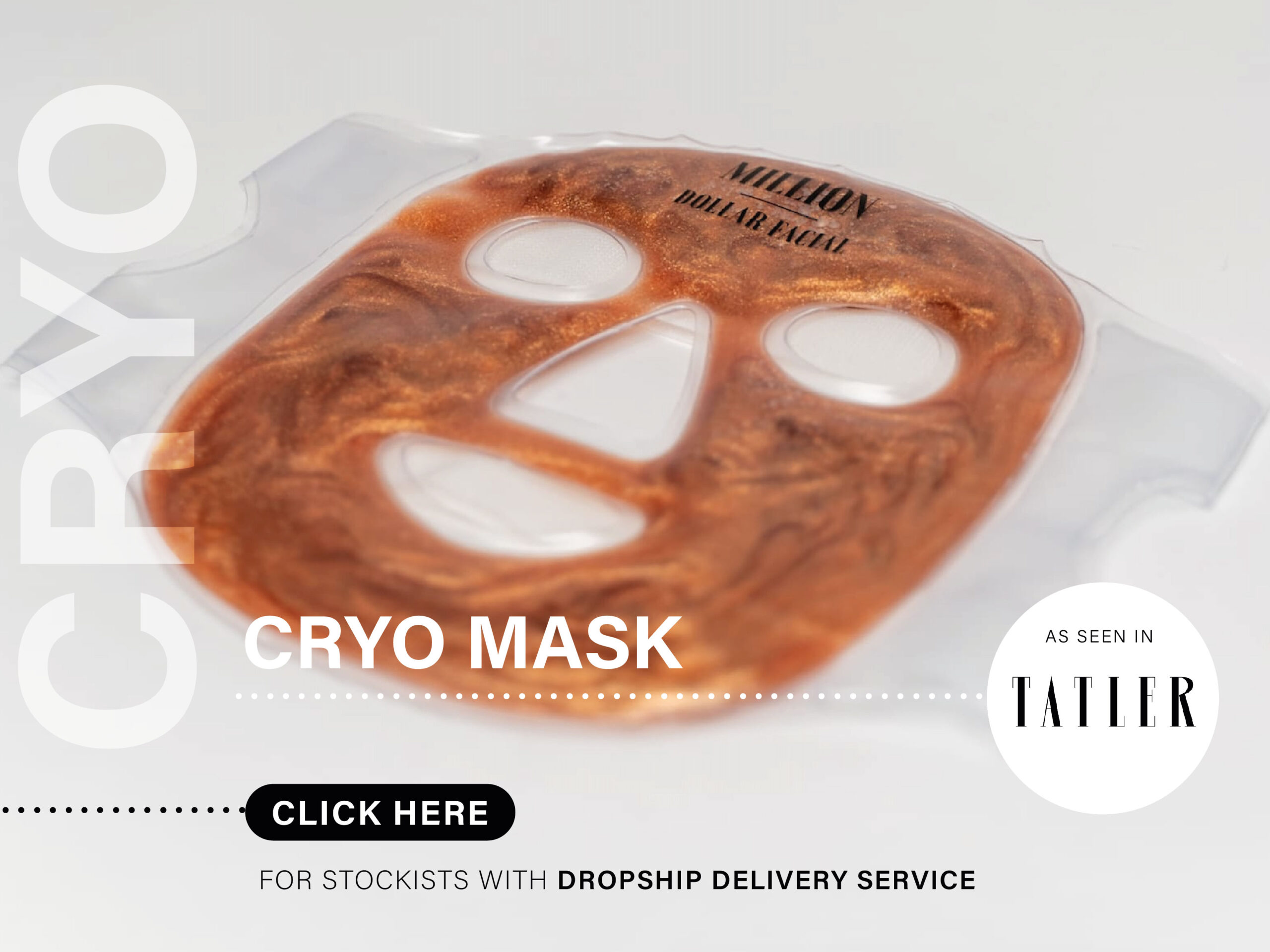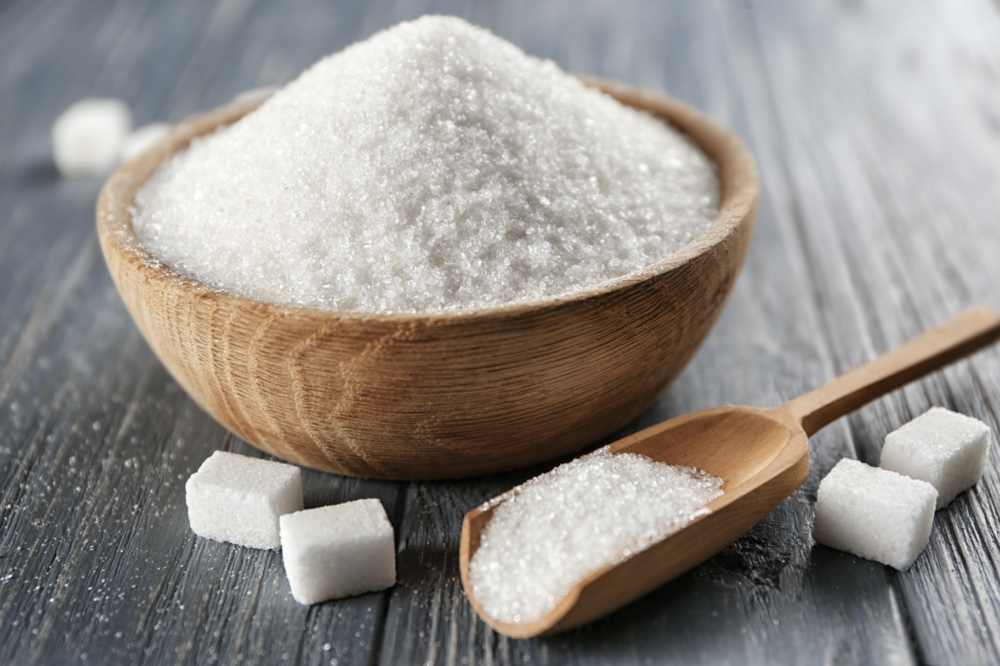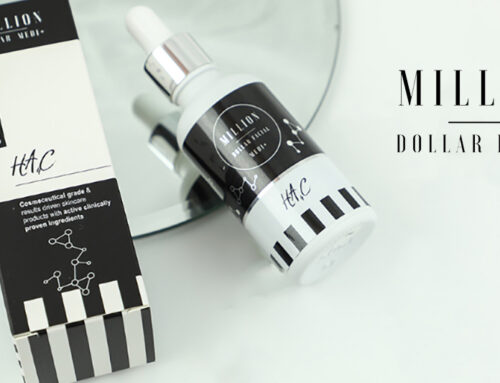We all know to look good we need to eat well and exercise regularly. However, scientists now believe we can look better by abstaining from certain food types, especially highly processed carbohydrates and sugars.
So, what’s the connection between sugar, carbs and ageing?
Scientists have proposed that a highly refined carbohydrate diet may lead to premature ageing due to glycation.
What is glycation and can it be reversed?
Glycation is a natural process whereby the sugar we eat ends up in high concentrations in the bloodstream and then attaches to collagen and other proteins, forming harmful new molecules called Advanced Glycation End products (AGE).
It is well documented that people with Type II diabetes often look older than their years and this decline in appearance has also been linked to inability to process sugar or an elevated consumption of it.
Let’s look at the chemistry behind Glycation and how it can affect our appearance.
Carbohydrates are rich in Carbon molecules (C).
Each Carbon molecule can make up to 4 bonds with other atoms.

A Carbon Atom (C) with 4 bonds.
A Hydrogen atom (H) on the other hand can only hold 1 additional atom. Each Hydrogen atom can only create one new bond.

So, if Carbon (C) and Hydrogen (H) meet then each C could bond with 4 H’s.
This would make a new molecule with 1 x C and 4 x H = CH4 or methane gas.

Oxygen (O) can carry 2 atoms.
A carbohydrate or sugar is made up from all 3 of these atoms Carbon, Hydrogen and Oxygen and the simplest sugars we have in our bodies to use as fuel are known as monosaccharides. Mono being 1 and Saccharides meaning sugar.
The chemical structure foe these simple sugars is CH2O
ie 1 x Carbon, 2 x Hydrogen and 1 x Oxygen.

These simple structures can join to make structures known as poly-saccharides, Poly meaning multiple and saccharides again being sugar.
An example of this is Glucose.

This is all we really need to know to understand sugar and what it is made up from. However, to understand Glycation we need to understand sugar and its effects on Proteins.
Proteins are more complex structures than sugars and contain Nitrogen or (N).
(N) can create 3 bonds.

Here is a complex protein structure vital for young looking skin, Type II, collagen

You can see it is made up from Oxygen, Hydrogen and Nitrogen but no carbon.
However, if we take this Collagen molecule and our bodies own metabolism in the presence of a high amount of Glucose a chemical reaction occurs which is called Glycation and this will create molecules know as Advanced Glycation End products which are unstable molecules and are a cross between carbohydrates and proteins, they contain Oxygen, Hydrogen, Carbon and Nitrogen.

These more volatile molecules breakdown quickly, cause poor skin integrity and produce free radicals which all lead to advanced ageing.
An example of a glycated collagen molecule is below

If we bind Proteins to Sugar this process is called Glycation. It can only occur if we have high levels of glucose in our bodies which can create an abnormal metabolic process and which can be pathalogical; it is the nonenzymatic joining of a sugar, and a protein caused during normal metabolism due to a high level of Glucose.
There is a relationship between a high level of glucose (hypergl¬ycemia) and diabetic complica¬tions, but now an even more extensive implication of glucose in other diseases and the ageing process has been suggested by many investig¬ators.
Studies of the contribution of glycation to disease have focused not only on diabetes and diabetes-related complica¬tions, but also on glucose-induced damage in nondiabetic subjects
Glycation affects physiological ageing, neurodeg¬enerative diseases such as Alzheimer’s disease and even amyotrophic lateral sclerosis, also known as Lou Gehrig’s disease.
What’s even more striking is the process itself produces a vast number of free radicals further inducing damage and ageing.
So what can we do about it?
Simply, cut out the sugar!!
There is good evidence to show that intermittent fasting and ketosis can reverse the glycation process. This is the process where we deprive our bodies of sugar so it must turn instead to metabolising fat for energy.
Proteins in our bodies are eventually replaced and intermittent fasting can speed up this process through autophagy where old cells and structures are depleted so that we can rebuild and grow healthier replacements (see autophagy) blog.
However good skincare can also help us reverse or slow some of the damage.
Antioxidants will mop up free radicals produced in the glycation process therefore preventing them damaging skin structures further.
Retinoic acid can help increase mitochondrial activity so that skin cell turnover increases to reduce ne collagen structures which have not been damaged by glycation.
Peptides in skincare such as Matrixyl can signal to cells to make new peptides such as collagen to restore lost or damaged collagen through glycation.


















